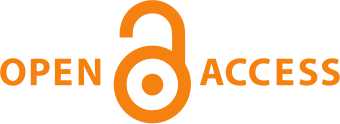Web Beacons and Online User Identification
Keywords:
Web beacons, online tracking, user identification, analytics, JavaScript beacons, email tracking, third-party cookiesAbstract
Web beacons, often referred to simply as 'beacons,' are versatile tools used for analytics and tracking user behavior across web pages and emails. These tracking mechanisms, typically implemented as small 1x1 transparent pixels or lightweight JavaScript, allow websites and third-party providers to collect user interaction data. This article explores the functionality of web beacons, their integration with third-party cookies and device fingerprinting, and their role in probabilistic user identification.
References
Pathak, S.K. (2024a). 'User Identification Through First-Party Cookies.' Journal of Recent Trends in Computer Science and Engineering (JRTCSE). https://doi.org/10.70589/JRTCSE.2024.5.6
Pathak, S.K. (2024b). 'Exploring User Identification with Third-Party Cookies.' Journal of Recent Trends in Computer Science and Engineering (JRTCSE). https://doi.org/10.70589/JRTCSE.2024.5.8
Mozilla Developer Network (MDN). 'HTTP Cookies.' Retrieved from https://developer.mozilla.org/
RFC 6265. 'HTTP State Management Mechanism.' Retrieved from https://tools.ietf.org/html/rfc6265
Google Developers. 'Chrome DevTools Overview.' Retrieved from https://developers.google.com/web/tools/chrome-devtools
GDPR Overview. Retrieved from https://gdpr-info.eu/
CCPA Overview. Retrieved from https://oag.ca.gov/privacy/ccpa
Downloads
Issue
Section
License
Copyright (c) 2025 Sunil Kishor Pathak (Author)

This work is licensed under a Creative Commons Attribution-NonCommercial 4.0 International License.





